Sous Vide Scallops: Tender, Flavorful & Foolproof Method
If you’ve ever stood at the stove with scallops, watching them turn from delicately golden to disappointingly rubbery in a matter of seconds, you’re not alone. This article covers everything you need to know about making flawless sous vide scallops—how to cook them from frozen, ideal time and temperature, why they’re worth the extra step, and how they compare to pan-seared classics. I’ll also share my personal story, plus tips for pairing and serving.
Let’s start with why this method won me over completely.
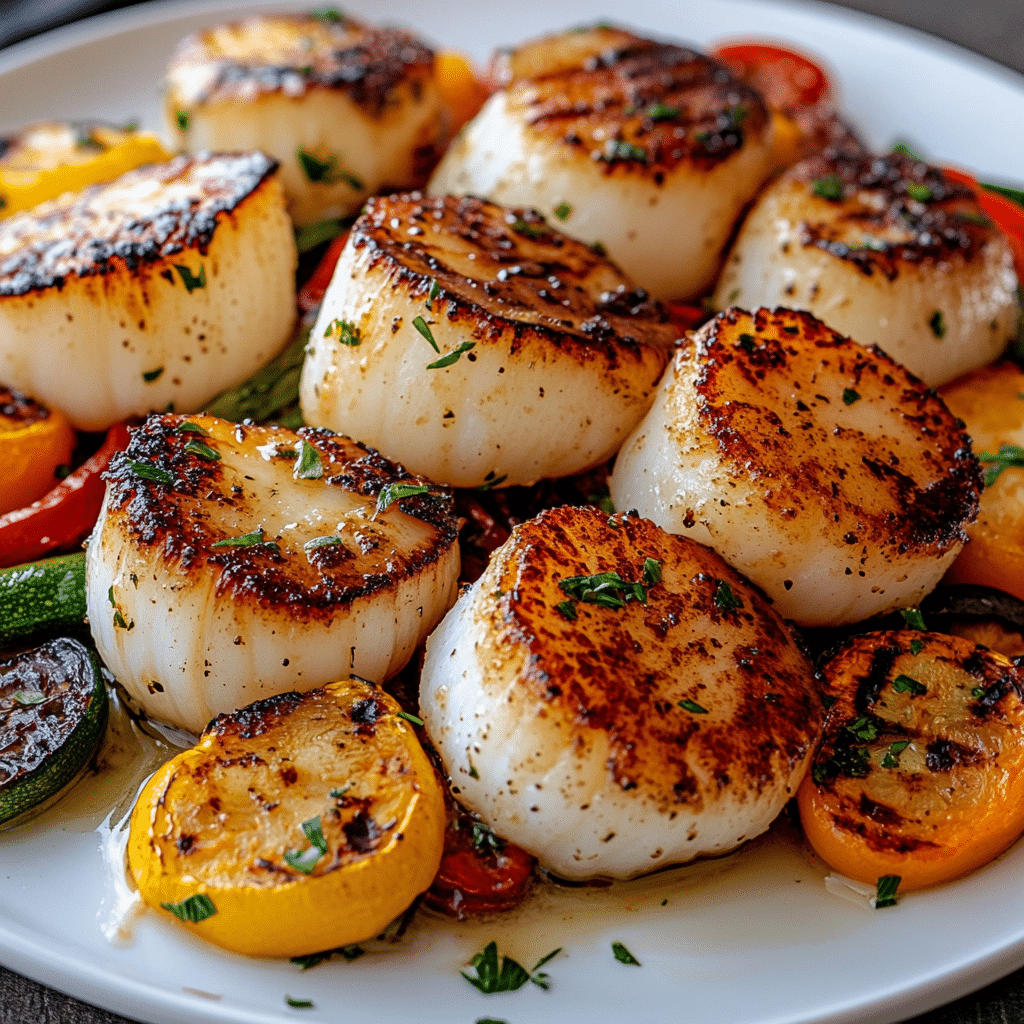
Why I Started Cooking Scallops Sous Vide
Back in the day, I’d help my dad prep seafood at our family deli, but scallops were sacred. Too easy to ruin, too expensive to mess up. Years later, when I finally had the nerve to buy a bag of frozen sea scallops and drop them into a water bath set to 123°F, something clicked. The texture? Silky but firm. The taste? Sweet, buttery, clean. The best part? Zero anxiety. No overcooked edges or guessing games. I was hooked.
Sous vide scallops feel like cheating—but the good kind. You seal them with a bit of butter and lemon zest, drop the bag in the bath, and walk away. No flipping, no fussing. Just a reliable path to restaurant-quality results, whether you’re prepping for date night or plating twelve at a dinner party.
If you’re skeptical, trust me—I was too. But this method isn’t just good. It’s a game-changer.
Why This Recipe Works sous vide scallops
Sous vide scallops are all about control. Traditional methods expose them to inconsistent heat, which dries them out fast. Sous vide delivers precision by cooking the scallops at a consistent temperature throughout—whether they’re fresh or frozen. You’ll never worry about overcooking again. It’s also a brilliant technique if you’re combining scallops with rich accompaniments like Cowboy Butter, which melts beautifully over the warm scallops right before serving.
Even frozen scallops are no match for this method. Just increase the time a bit, and you’ll still get perfectly tender bites. It’s exactly why more home cooks are turning to sous vide scallops—not just for consistency, but because it’s stress-free and seriously impressive.
If you’re serving them as part of a bigger seafood experience (maybe alongside sinigang or shrimp), sous vide gives you time and space to focus on sides or sauces.
The Perfect Temp for Sous Vide Scallops
The sweet spot for sous vide scallops is between 122°F and 126°F. At this temperature range, you’ll get scallops that are tender, juicy, and cooked just enough to firm up without becoming rubbery. For me, 123°F for 30 minutes has become the gold standard—especially when paired with a quick sear for that buttery brown crust.
Scallops are delicate. Go too high, and they toughen up fast. Go too low, and they’ll still feel raw in the center. That’s why precision matters here more than most seafood. Use a quality sous vide circulator, preheat your bath, and let the magic happen.
If you’re feeling adventurous, try adding aromatics to your bag: a slice of lemon, a sprig of thyme, or a dab of garlic butter. Just make sure you’re sealing tightly—air pockets will throw off the texture.
How Long to Sous Vide Frozen Scallops?
You can sous vide frozen scallops straight from the freezer—no need to thaw. Just add an extra 15 minutes, bringing your total time to 45 minutes at 123°F.
The trick is sealing them properly (use a vacuum sealer if possible) and spacing them out in the bag so they heat evenly. Frozen scallops will release a bit more moisture, so pat them dry after the bath before searing to get that perfect golden crust.
| Scallop Type | Temp | Time |
|---|---|---|
| Fresh | 123°F | 30 minutes |
| Frozen | 123°F | 45 minutes |
Once they’re done, give them a quick sear in a ripping hot pan—30 seconds per side, max. That caramelized layer takes them over the top.
You’ll find the same technique works beautifully when making scallops part of a composed seafood course or serving with something indulgent like Pinon Ice Cream as a sweet contrast.

Why Sous Vide Scallops Are Better Than You Expect
You might be wondering—are sous vide scallops actually good? Or are they just a “foodie” gimmick? Here’s the truth: sous vide scallops aren’t just good—they’re consistently excellent. Think of the best scallops you’ve had at a high-end restaurant: buttery inside, crisp edge, no chewiness. That’s the result sous vide delivers every single time.
Because you’re controlling the temperature so precisely, you’re never gambling. The scallops gently cook in their own juices, absorbing subtle flavors like lemon zest, white wine, or even a touch of Cowboy Butter. When seared briefly afterward, you get a browned crust and creamy center that’s tough to match with any other method.
Texture is where sous vide scallops shine. They’re not rubbery, not raw—just perfectly plump and delicate. And because you don’t need a watchful eye on the pan, you have space to focus on building out your plate—maybe serving them over risotto or a smoky corn purée.
Flavor, Presentation, and Consistency—It All Adds Up
Sous vide scallops are not just about convenience. They’re about elevating the experience. No dry spots, no overcooked centers. Each scallop is its own silky bite, infused with the flavor of whatever you sealed into the bag. Add in a bit of finishing salt, a squeeze of citrus, and you’ve got something worthy of the spotlight.
Want to impress dinner guests? Sous vide scallops are your secret weapon. Pair them with a crisp white wine and a few grilled spring vegetables, and you’ll have a meal that feels straight out of a chef’s tasting menu. I’ve even served them alongside acidic dishes like sinigang for a bold flavor contrast—and the results were fantastic.
Once you’ve made them this way, it’s hard to go back. They’re not just good. They’re shockingly good.
Time, Cost, and Kitchen Practicality
Let’s be real. Scallops aren’t cheap, and sous vide cooking can feel like an extra step. So—is it worth it?
Absolutely. When you’re paying premium prices for high-quality sea scallops, you want a method that eliminates guesswork. Sous vide protects that investment. No overcooked batches. No need to stand over the stove. You get time back and peace of mind—two things I’ve come to value deeply in the kitchen.
If you’re already cooking sous vide for proteins like steak or chicken, adding scallops is as simple as adjusting the water temp and timing. You don’t need any extra gadgets—just a sous vide machine, a bag, and a pan for the final sear. Even frozen scallops can go directly into the bath, which is a huge win on busy nights.
You’ll also find that a little goes a long way. Four large scallops served with buttery greens or crispy rice cakes can be a stunning, satisfying starter or light main. Or do what I do: pair them with something surprising—like Pinon Ice Cream or a citrus granita—for a bold flavor contrast.
Why I Keep Coming Back to This Method
Sous vide scallops have become a staple in my kitchen. Not just for dinner parties or holidays, but on random Tuesdays when I want something that feels special without the stress. I’ve served them in pasta, on avocado toast, and even topped with cowboy butter and a fried egg. The technique is so forgiving, it frees you up to be creative.
It’s also wildly consistent. Whether you’re cooking two scallops or twenty, the results are the same. That kind of reliability is rare in cooking, especially with seafood. And for someone like me—who learned early in life how quickly a great ingredient can be ruined—that’s reason enough to keep the sous vide going.
Sous vide cooking has revolutionized the way home chefs approach seafood, especially delicate proteins like scallops. By maintaining a consistent temperature throughout the cooking process, sous vide eliminates the guesswork and ensures precise results every time. If you’re new to this technique or want to explore its broader applications beyond scallops, Serious Eats offers an excellent sous vide guide that breaks down temperatures, timing, and tools for nearly every ingredient. It’s a resource I always recommend to friends diving deeper into precision cooking.
How long to sous vide frozen scallops?
Sous vide frozen scallops for 45 minutes at 123°F. No thawing needed—just seal and cook.
What temp to sous vide scallops?
123°F is ideal for tender, buttery scallops. Stay between 122–126°F for best results.
Are sous vide scallops good?
Yes. They’re tender, evenly cooked, and full of flavor. Better than most restaurant versions.
Is it worth it to sous vide scallops?
Definitely. It’s foolproof, consistent, and perfect for maximizing the quality of expensive seafood.
Table of Contents
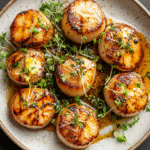
Sous Vide Scallops
- Total Time: 35 mins
- Yield: 2–3 servings 1x
Description
Sous vide scallops are buttery, tender, and packed with flavor. This method delivers consistent results no overcooking, no stress
Ingredients
12 large sea scallops (fresh or frozen)
1 tbsp unsalted butter
1/2 tsp lemon zest
Pinch of sea salt
Fresh cracked pepper
Optional: cowboy butter for serving
Instructions
1. Preheat sous vide water bath to 123°F (51°C).
2. Pat scallops dry and place in vacuum-seal or zip-top bag with butter, lemon zest, salt, and pepper.
3. Seal the bag and place in water bath for 30 minutes (45 if frozen).
4. Remove scallops, pat dry thoroughly.
5. Heat a skillet over high heat, add oil or butter.
6. Sear scallops 30 seconds per side until golden.
7. Plate and serve with additional butter or garnish.
Notes
You can add aromatics like thyme or garlic to the bag for extra flavor.
Use a cast-iron skillet for the best sear results.
Perfect served alongside risotto or grilled vegetables.
- Prep Time: 5 mins
- Cook Time: 30 mins
Nutrition
- Serving Size: 4 scallops
- Calories: 180
- Sugar: 0g
- Sodium: 350mg
- Fat: 9g
- Saturated Fat: 5g
- Unsaturated Fat: 3g
- Trans Fat: 0g
- Carbohydrates: 1g
- Fiber: 0g
- Protein: 19g
- Cholesterol: 45mg

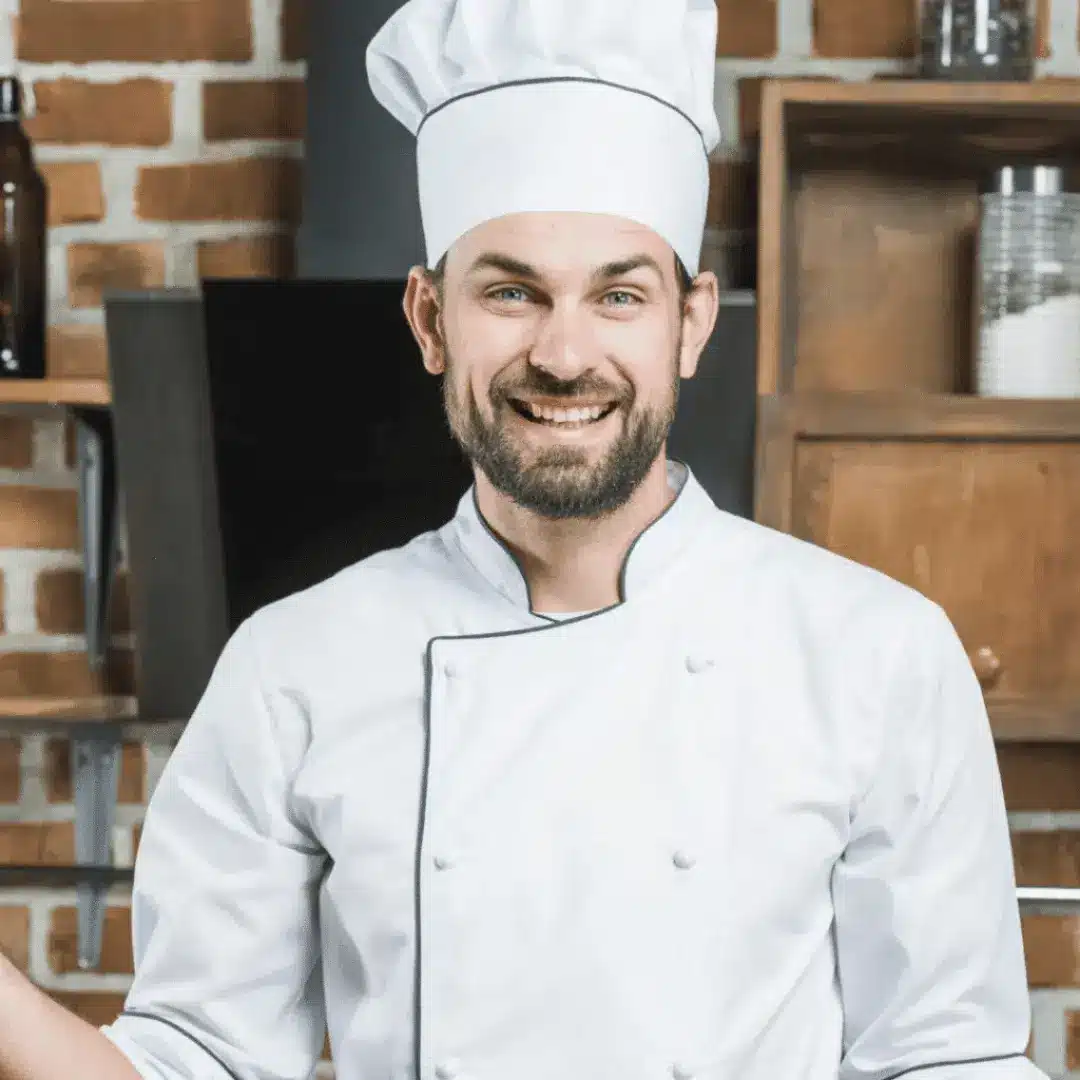
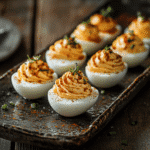

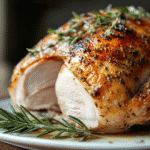
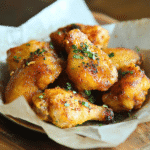
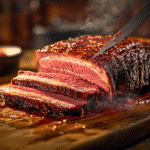
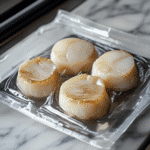
7 Comments
Comments are closed.